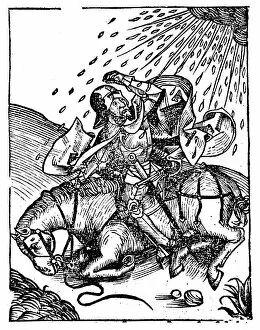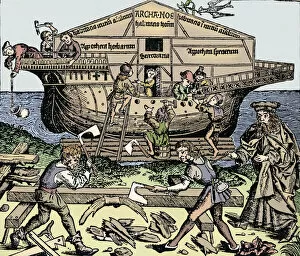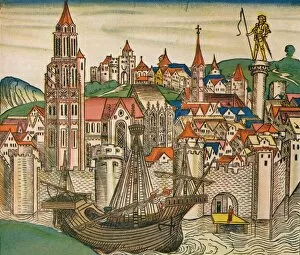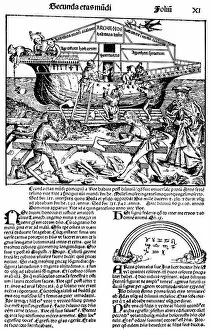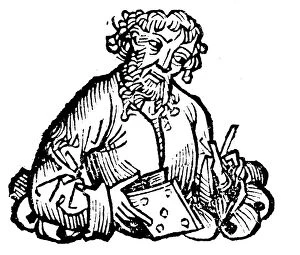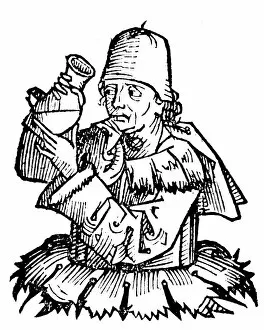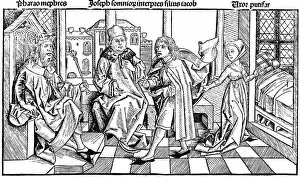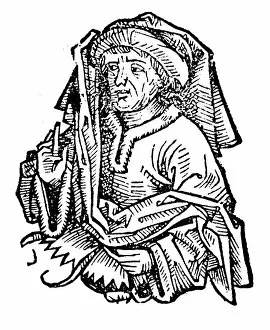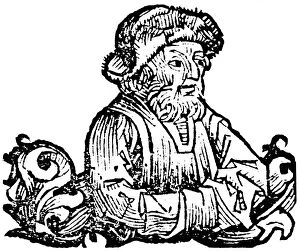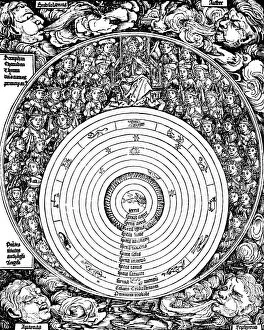Hartmannus Collection
"Hartmannus: A Glimpse into the Tapestry of History
All Professionally Made to Order for Quick Shipping
"Hartmannus: A Glimpse into the Tapestry of History, 1493" Step back in time to the year 1493 and immerse yourself in a world filled with captivating tales and remarkable events. As you gaze upon the view of a fortified city, its towering walls standing as a testament to strength and resilience, you can't help but marvel at the ingenuity of human craftsmanship. In this same year, St. Francis of Assisi, an Italian priest and founder of the Franciscan order, walked among us. His unwavering devotion to his faith inspired countless souls and left an indelible mark on history. Meanwhile, across distant lands in Rome, we witness the martyrdom of St. Peter unfold before our eyes. The courage displayed by this revered figure serves as a reminder that even in times of great adversity, faith can triumph over all obstacles. Traveling further back through time brings us face-to-face with Thomas a Becket, an English churchman whose unwavering dedication cost him his life. His sacrifice echoes throughout centuries as a symbol of unwavering commitment to one's beliefs. As we turn our attention towards Noah's Ark being built under divine guidance in 1493 BCE (as depicted by Hartmann Schedel), we are reminded that hope can be found even amidst chaos. This monumental undertaking showcases humanity's ability to overcome seemingly insurmountable challenges when guided by faith. The bustling cityscape of Treviso comes alive before us; its streets teeming with life while ships sail gracefully along its riverbanks—a vibrant tapestry woven from both past and present aspirations. Within these pages lies "The Nuremberg Chronicle" penned by Hartmann Schedel himself—an invaluable historical treasure capturing moments frozen in time for future generations to behold. Through Michael Wolgemut's artistry within these pages emerges vivid imagery that transports us directly into those significant moments.


